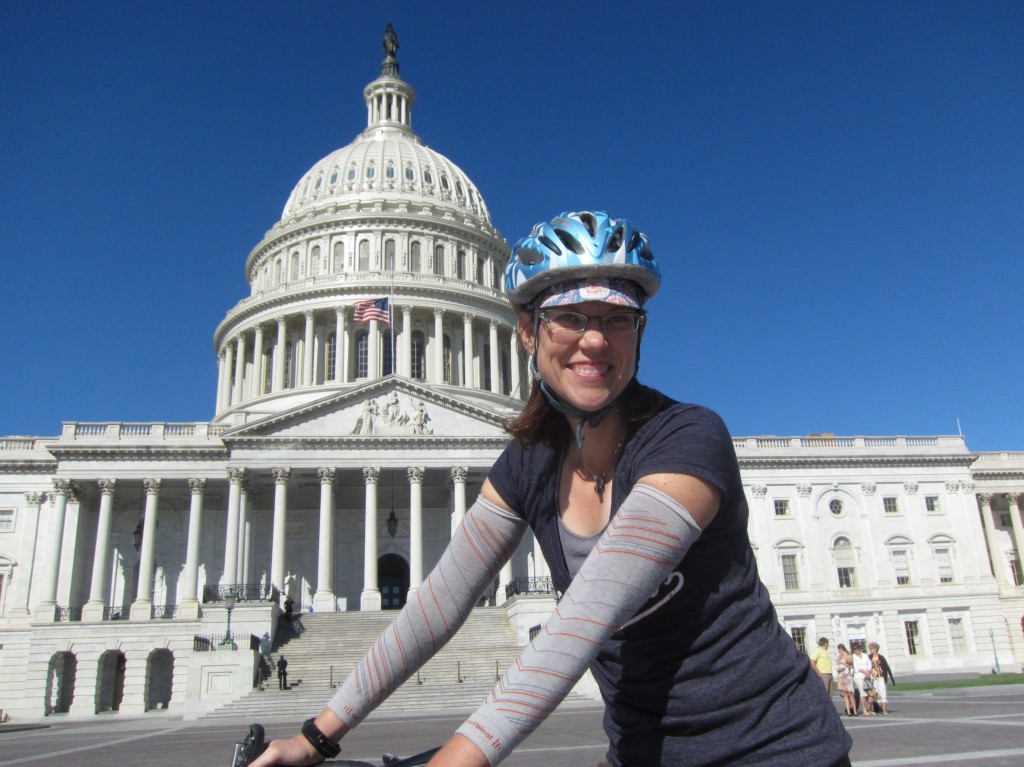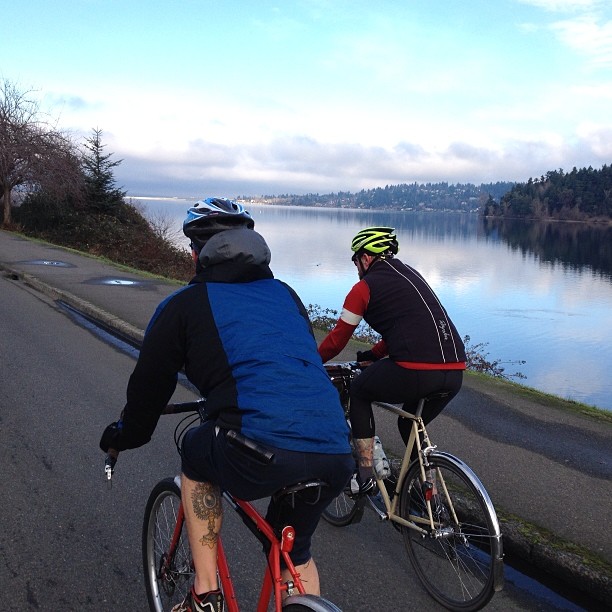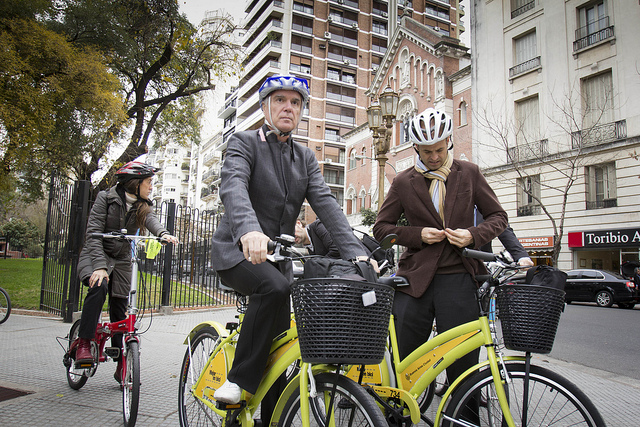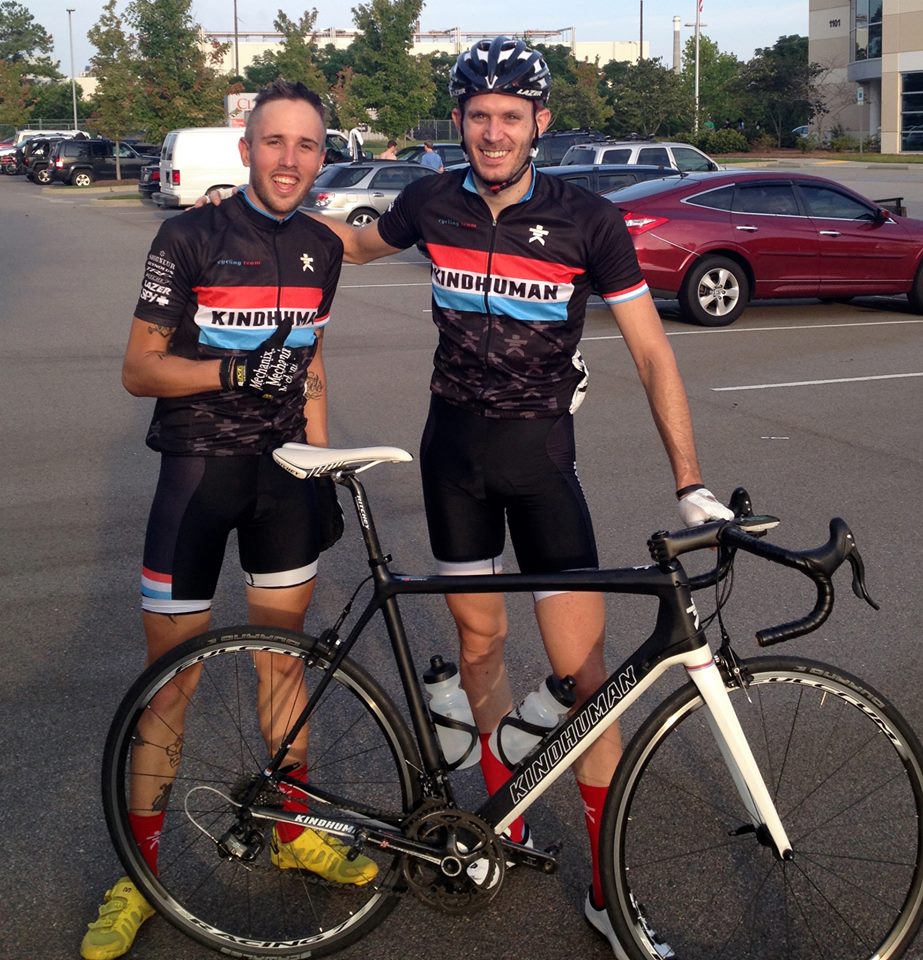
The Dequindre Cut. Photo from livinthehighline.com.
This week, the League of American Bicyclists released a new report unpacking a trove of bike-related data from the U.S. Census Bureau’s 2012 American Community Survey (ACS). Their report highlights everything from cities with the most bicyclists to highest share of bike commuters to top bike cities by geographic region. Much of the data affirms what we already knew about bike friendly cities such as Portland, OR and Davis, CA and increasingly bike friendly cities such as New York and Washington, DC. But there were a few surprises in the mix. Perhaps most notably, Detroit topped the list of cities where bike commuting is growing the fastest.
To better understand why biking is on a rapid rise in Motor City, I reached out to Todd Scott of the Detroit Greenways Coalition. Launched in 2006, the Coalition is a collection of stakeholders working in Detroit to improve biking and walking conditions, primarily by advocating for new and refurbished infrastructure.
Scott prefaced his thoughts on Detroit with caution to take the ACS data with a healthy grain of salt. He cited high margins of error in ACS data, the impact of Detroit’s high-unemployment rate on commuting data, and that “ACS travel-to-work modes speak as much about land use density, jobs types, and demographics as … bike friendliness.â€
With that said, Detroit has greatly increased its investments in bike infrastructure in recent years. In 2006, the city had all of 6 miles of bike lanes. According to Scott, the city now has about 130 miles of bike lanes, sharrows, and signed routes. They also have 17 miles of paths and trails.
Theoretically there are many more miles of lanes coming in the future. The city’s Non-Motorized Transportation Master Plan, adopted in 2008, calls for nearly 400 miles of bike lanes and other bicycling infrastructure.
Detroit’s showpiece infrastructure is the Dequindre Cut, a 1.35 mile, below-grade trail built on a former rail line that Scott refers to as the city’s bicycle highway. The Link Detroit project—funded in part by a $10 Million TIGER grant—will extend the Dequindre Cut by another 2 miles and add more bike lanes in the process.
Regardless of whether or not the ACS accurately captured the true number of bikers in Detroit, it is clear that bicycling is growing in the city. Scott points to Slow Ride, a weekly, social group ride around the city organized by Detroit Bike City, as evidence.
“There has been a tremendous increase in Detroiters bicycling,†said Scott. “Three years ago Slow Ride had 10 people. This summer it was over 1,600.â€





